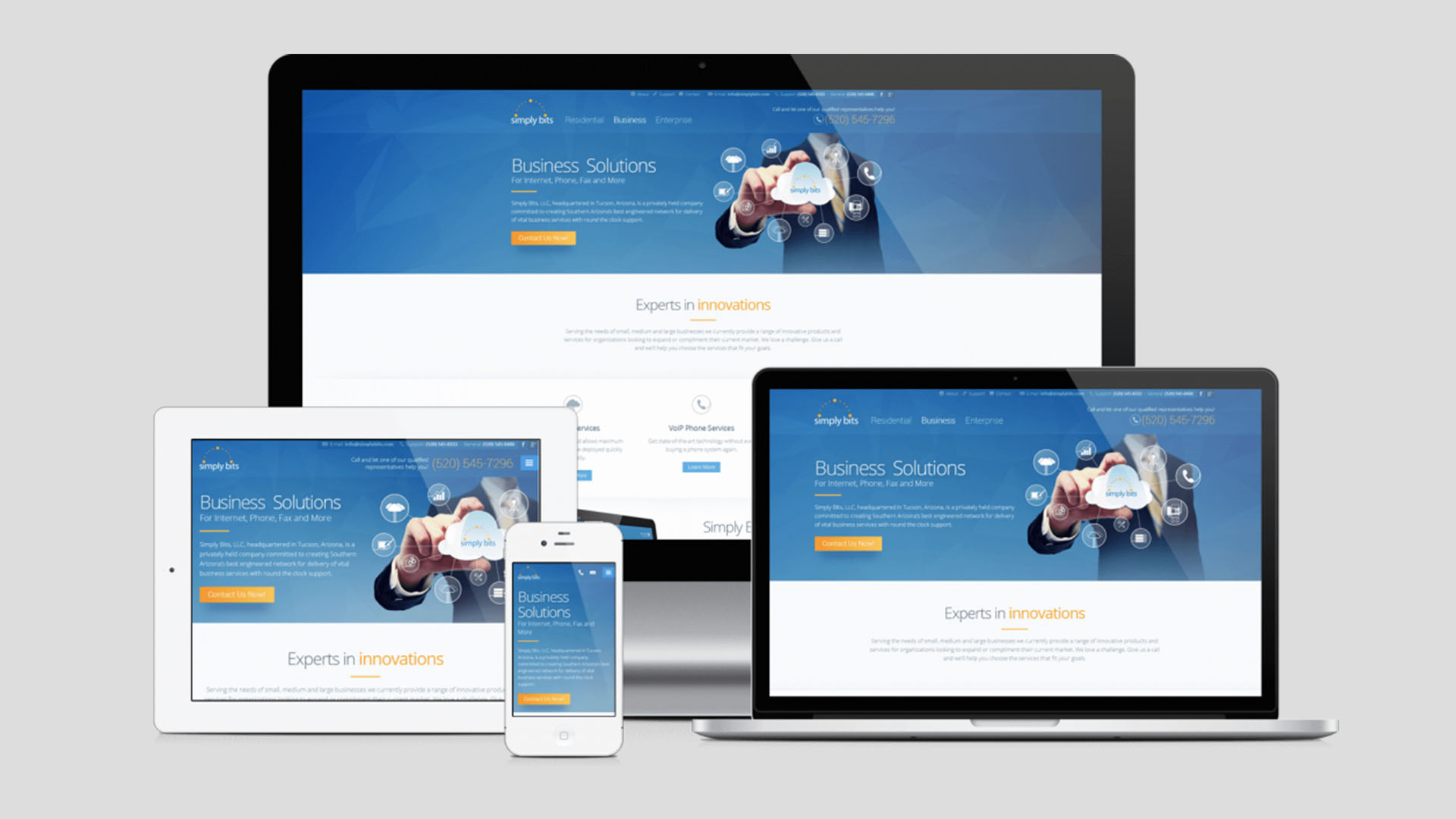How Many Hours To Build A 10-Page Website
The amount of time it takes to build a ten-page website depends on the complexity of the website and how much experience the web developer has. A simple website with just a few pages can typically be built in just a few hours, while a more complex website with dozens or even hundreds of pages may take several days or even weeks to complete. In general, you can expect to spend at least a few hours building even the simplest of websites.
If you’re working with a web developer, the amount of time it will take to build your website will also depend on their availability and workload. If they’re only able to work on your project for a few hours each week, it will naturally take longer to complete than if they were able to dedicate more time to it. In addition, if the web developer is new to website development, it will likely take them longer to build your site than someone who is more experienced.
Assuming you are starting with a blank slate and have no existing content, here are some ballpark estimates for how long it would take to build a 10-page website:
- Simple, static 10-page website: 40-60 hours
- Complex, static 10-page website: 60-80 hours
- Dynamic, interactive 10-page website: 80-100 hours
These estimates will, of course, vary depending on the specific features and functionality of the website, as well as the experience level of the person building it. If you’re working with a web development team, they will be able to give you a more accurate estimate based on your specific project requirements.
Ultimately, there is no definitive answer to how long it takes to build a website. The best way to get an accurate estimate is to discuss your project with a web developer and ask them how much time they think it will take to complete.

Complexity Of The Website
There’s no one-size-fits-all answer to this question, as the complexity of a website can vary greatly. A simple static website might only take a few hours to build, while a more complex dynamic website could take weeks or even months.
Factors that will affect how long it takes to build a website include the overall size and scope of the project, the number of pages and features required, and the level of customization needed. In general, however, you can expect most websites to take at least some time to plan, design, and build. So, if you’re looking to have a website up and running quickly, it’s important to start planning and working on it as soon as possible.
There are many factors that can make a website complex to build. The size and scope of the project, the number of pages and features, the level of customization and integration required, and the tightness of the timeline can all contribute to complexity. In addition, the skills and experience of the development team can play a big role in how complex a project turns out to be.
Building a complex website can be a challenge, but it can also be very rewarding. Seeing a project through from start to finish, watching it come to life, and knowing that you were a part of making it happen is an incredible feeling. If you’re up for the challenge, we say go for it! Complex websites can be some of the most rewarding to build.
Experience Of A Web Developer
As a web developer, your experience is important when building a website. Your years of experience can help you determine the best way to build a website that meets the needs of your client. In addition, your experience can help you troubleshoot problems that may arise during the development process. By having a strong understanding of the web development process, you can ensure that your website will be successful.
The amount of experience a web developer should have depends on the specific role they are applying for. However, in general, most employers will require at least two to three years of professional experience for entry-level web developer positions. For more senior roles, five or more years of experience may be required. Additionally, it is beneficial for web developers to have a strong portfolio of work to showcase their skills and abilities.
A web developer’s portfolio should show off your skills and highlight your experience in web development. Include examples of your work, as well as any relevant coding samples or links to live websites. The web developer should explain any features or functionality that you have added to a website and how your work has helped improve the overall user experience. Above all, the portfolio should be up-to-date and reflects their current skillset.
Be sure to showcase your skills and highlight your experience in the industry. Include examples of your work, whether that be coding samples or live links to websites you’ve built. It’s also important to explain any features or functionality that you’ve added to a website – we want to know how your work can help improve the overall user experience.

Timeline For Website
Most websites can be built within a few weeks to a couple of months. Of course, there are always exceptions to this rule, but generally speaking, this is a good timeline to expect when building a new website.
Of course, the actual time it takes to build a website can also be affected by factors such as the size of the team working on the project, the experience level of those team members, and the availability of resources. In some cases, it may even be possible to build a website in a matter of days or weeks if everything comes together perfectly. However, this is usually not the case, so it’s important to plan for a timeline that is realistic and achievable.
In general, building a website is not an overnight process. It takes time, effort, and planning to create a successful website that meets the needs of its users. By understanding this general timeline for building a website, you can better plan and manage your own web development project.
Planning And Discovery
The first step in building a website is planning and discovery. This is where you determine the purpose of your website, who your target audience is, what kind of content you’ll need to create, and what features and functionality your website will need. This process can be time-consuming, but it’s important to get it right so that you can create a website that meets the needs of both you and your visitors.
Once you’ve completed the planning and discovery phase, you’ll need to design and build your website. This will involve creating a layout and navigation scheme, designing the look and feel of your site, and coding the front-end and back-end of your site. If you’re not a developer, you may want to hire someone to help you with this phase.
Once your website is designed and built, you’ll need to test it to make sure everything is working properly. This includes testing the functionality of your site, as well as checking for any broken links or other errors. Once you’re satisfied that everything is working correctly, you can launch your site and start promoting it to your target audience. Promoting your site may include SEO, social media marketing, and offline marketing efforts.
Building a website can be a time-consuming process, but it’s worth it if you want to create a successful online presence. By taking the time to plan and discover your website’s purpose and target audience, you’ll be able to create a site that meets their needs and helps you achieve your business goals.

Website Design
Designing a website can be a daunting task, especially if you’re not an experienced designer. However, there are some simple steps you can follow to help ensure your website looks great and is easy to use.
- Keep it Simple
The first step to designing a great website is to keep it simple. Avoid cluttered designs and too much text. Stick to a few basic colors and fonts, and use images sparingly.
- Make it Easy to Use
Your website should be easy to navigate and use. Include a clear menu structure, and make sure visitors can easily find what they’re looking for.
- Use High-Quality Images
If you do use images on your website, make sure they’re high-quality. Blurry or low-resolution images will make your site look unprofessional.
- Pay Attention to Detail
The devil is in the details, so be sure to proofread your website carefully. Check for typos, broken links, and other errors.
- Test Your Site
Before you launch your website, test it out on multiple devices and browsers. Make sure everything is working properly and that your site looks great on all types of screens.
By following these simple tips, you can design a website that looks great and is easy to use. Just remember to keep it simple, use high-quality images, and test your site before you launch it.

Development And Coding
Now that you have your site’s foundation in place, it’s time to start developing the actual content. This is where the real work begins!
There are a few different ways you can go about coding your website. If you’re not particularly technical, you may want to hire a web developer to do it for you. However, if you’re feeling brave, you can always try coding it yourself.
Whichever route you choose, there are a few things to keep in mind when developing your website’s content:
- Keep It Simple
When it comes to website design, less is often more. That means keeping your design clean and uncluttered. Stick to a simple color scheme, and don’t overload your pages with too much text or too many images.
- Make It Easy to Navigate
Navigation is key in website design. Your visitors should be able to easily find their way around your site, no matter where they are on it. That means creating clear and easy-to-use navigation menus and using consistent labeling throughout your site.
- Use High-Quality Content
The content on your website is what will ultimately convince your visitors to stay on your site or go elsewhere. So it’s important to make sure that your content is high quality and engaging. Write clearly and concisely, and use strong visuals to break up your text and keep people interested.
- Pay Attention to SEO
If you want your website to be successful, you need to pay attention to SEO (search engine optimization). That means using the right keywords and phrases throughout your site so that people can find them easily when they’re searching online.
- Keep It Up to Date
Finally, remember to keep your website up to date. Regularly add new content, update your menus and navigation, and make sure all of your links are working. If you do all of this, you’ll keep your visitors coming back for more!
Conclusions
How many hours does it take to build a 10-page website? This is a difficult question to answer as it depends on a number of factors, including the size and complexity of the site, the experience of the web designer, and the tools and technologies used. Generally speaking. However, it would take approximately 40 hours to build a simple 10-page website from scratch. If you’re working with a professional web design company, they may be able to complete the project in less time.
If you’re working on your own website or with a limited budget, it’s likely that it will take longer. If you’re using a content management system (CMS) like WordPress or Joomla!, the process may be quicker, as you’ll be able to take advantage of pre-made templates and plugins. Ultimately, the best way to find out how long it will take to build your website is to consult with a professional web designer or development company. They will be able to give you a more accurate estimate based on your specific needs and requirements.
About Montfichet & Company – Atlanta
Montfichet & Company – Atlanta is a full-service marketing agency that consists of exceptional thinkers, strategists, digital innovators, developers, and problem solvers. We provide online marketing solutions for businesses and entrepreneurs.
Our team of experts can handle all your online marketing activities, including SEO, social media, pay-per-click ads (PPC) for both organic search and paid search, website design, content development, and data reports (raw data or simple reporting), lead generation strategies, and more. Montfichet Atlanta can help businesses increase the number of leads to convert those leads into customers.
If you found this article beneficial, feel free to leave a comment below. We are located at 3343 Peachtree Road Ste. 180-581 in Atlanta, Georgia. You can also email our team of experts directly at Atlanta@montfichet.com or contact us at 404-900-9814 for more information.









Recent Comments